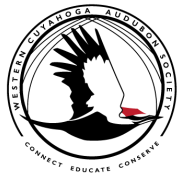We undertook bird surveys on organic coffee farms in Nicaragua and on organic dairy farms in Minnesota, North Carolina, Ohio and Vermont. These 2014 surveys turned up significant numbers of birds – both species and individuals – many more than were on the eco-deserts of sun/chemical coffee farms or on large scale mono-crop farms in the US. 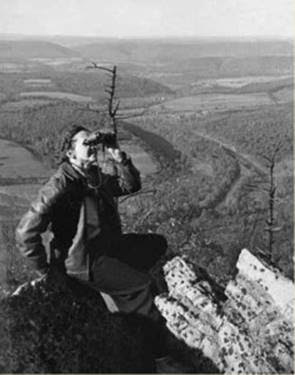 Rachel Carson at the North Lookout, Hawk Mountain Sanctuary, 1700 Hawk Mountain Rd, Kempton, PA 19529. Photo by Shirley A. Briggs. Rachel Carson at the North Lookout, Hawk Mountain Sanctuary, 1700 Hawk Mountain Rd, Kempton, PA 19529. Photo by Shirley A. Briggs.
Farming has always been in a struggle between yield and environmental conservation. Smaller family farms with farmers living on the land tend to be more engaged in maintaining a balance.
In the post World War II era DDT was at first considered a miracle pest control chemical with application for farms and broadly for mosquito control. However many people, including scientists and farmers, began to realize that DDT was a silent killer. But it it was not until the publication of Rachel Carson’s famed Silent Spring in 1962 that the idea of bird populations suffering from indiscriminate pesticide use was brought to the attention of the general public. Carson’s relentless advocacy for regulating the control of agricultural chemicals marked a turning point in American conservation and is seen by many as the birth of the modern environmental movement. Bird population declines, particularly amongst spectacular raptors, directly traced to DDT usage served as a clarion call for reform. And all this this really was because of one remarkable person. Born in 1907 on a small family farm in rural Pennsylvania near Pittsburgh, Rachel Carson sailed through local schools and found a love of nature and writing along the way. She faced real challenges as she progressed with her education and early career. Family hardship meant she had to help financially and then support a widowed mother, later taking in two daughters when her sister died, and then adopting the orphaned son of one of her nieces. Carson moved from a temporary job at the U.S. Bureau of Fisheries (predecessor to the U.S. Fish and Wildlife Service) to become the second woman hired for a full-time professional position at the Bureau. By 1949 she was chief editor of USFWS publications. By the early 1950s, after nearly 15 years as a government employee, Carson was able to focus solely on writing factual articles and books. By late 1957, at 50 years of age Carson was closely following government proposals for widespread pesticide spraying. The fight against chemicals that cripple our environment, destroying beneficial ecosystems, became Carson’s mission for the rest of her life. Silent Spring truly changed the world. It was published by Houghton Mifflin on September 27, 1962. Pre-publication serialization in The New Yorker, endorsement by U.S. Supreme Court Justice William O. Douglas, wide peer review, a positive editorial in the New York Times, and excerpts published in Audubon created a stir. The selection of Silent Spring by then massively popular Book-of-the-Month Club for October delivery put the topic of harmful chemical use for agriculture and pest control firmly into the public eye - and hands. Rachel Carson’s book was met with strong and organized opposition by the chemical industry. She was portrayed as “…a fanatic defender of the cult of the balance of nature,” and “…probably a Communist.” But she had both the courage of her convictions and the facts on her side. The moment of truth in the campaign by vested interests to disavow Silent Spring came on April 3, 1963, with the broadcast of CBS Reports TV special “The Silent Spring of Rachel Carson”. Seen by up to an estimated 15 million Americans - 11.5% of the US population over 15 years of at the time. An engaging, strong and factual Carson stood in stark contrast to bullying hack scientists declaring no danger from the heavy pesticide use manufacturers recommended. From this turning point, Carson went on to live in infamy and is considered by many to be largely responsible for motivating the modern environmental protection movement. Sadly this true hero, even before the publication of Silent Spring, was fighting cancer, a fight she lost in April 1964. Carson would likely express disappointment at where we are today, new pesticides and other agro-chemicals pose an enormous threat to birds and the environment we all share. As part of a study on impacts from the world's most widely used class of insecticides, nicotine-like chemicals called neonicotinoids, American Bird Conservancy (ABC) has called for a ban on their use as seed treatments and for the suspension of all applications pending an independent review of the products' effects on birds, terrestrial and aquatic invertebrates, and other wildlife. “It is clear that these chemicals have the potential to affect entire food chains. The environmental persistence of the neonicotinoids, their propensity for runoff and for groundwater infiltration, and their cumulative and largely irreversible mode of action in invertebrates raise significant environmental concerns,” said Cynthia Palmer, Pesticides Program Manager for ABC, one of the nation's leading bird conservation organizations. The simple solution is organic farming. While there is a great deal of publicity that only scale farming – “big-agri” – can feed the planet but we have not seen any scientific proof of this hypothesis. We undertook bird surveys on organic coffee farms in Nicaragua and on organic dairy farms in Minnesota, North Carolina, Ohio and Vermont. These 2014 surveys turned up significant numbers of birds – both species and individuals – many more than were on the eco-deserts of sun/chemical coffee farms or on large scale mono-crop farms in the US. Organic family farms may hold the key to a much more sustainable food system and provide for viable local rural economies.
Join the Western Cuyahoga Audubon Bird-Friendly Coffee Club!
Order Shade Grown Coffee online at the Western Cuyahoga Audubon Store (selections below) or download the order form to send a check here. Coffee can also be purchased at monthly Chapter Member and Speaker meetings here.
Make A Donation to Western Cuyahoga Audubon. Your gifts guarantee chapter activities, programs and research continues to reach members and connect birding conservationists around the world. Use our safe and secure PayPal payment button below to make a donation of any amount you choose. All donations are gratefully received.
Comments
|
Story BlogThe Feathered Flyer blog publishes human interest stories about birding and habitat conservation. After watching, ‘My Painted Trillium Quest' by Tom Fishburn, Kim Langley, WCAS Member said, “Wonderful! It was a lift just knowing that such a site exists and is being protected!”
Media LibrariesQuarterly NewsletterSTORIESPodcastsWCAS is a proud member of The Council of Ohio Audubon Chapters (COAC) and promotes chapter development by sharing the best practices, brainstorming solutions to common problems, and building relationships in workshops and retreats. Subscribe
VideosYouth
Advocacy
Clean Energy
Reporting
Awards
Volunteerism
Take ActionResourcesBlogsArchives
October 2023
Categories
All
|
EDUCATENews Blog
Monthly Speakers Field Reports Bird Walk Reports Christmas Bird Count-Lakewood Circle Media Library Newsletter Archive Education Resources STORE |
Western Cuyahoga Audubon Society
4310 Bush Avenue Cleveland, Ohio 44109 [email protected] Western Cuyahoga Audubon Society is a 501(c)(3) nonprofit organization. Your donation is tax-deductible. The tax ID number is: 34-1522665. If you prefer to mail your donation, please send your check to: Nancy Howell, Western Cuyahoga Audubon Treasurer, 19340 Fowles Rd, Middleburg Hts, OH 44130. © 2020 Western Cuyahoga Audubon Society. All rights reserved. Privacy Policy | Terms of Use | Legal | Store Shipping Rates | Site Map |

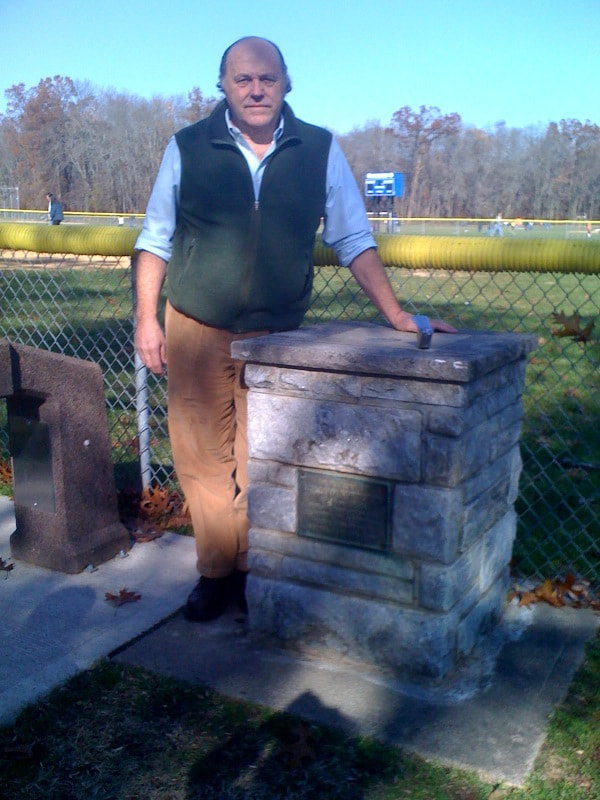






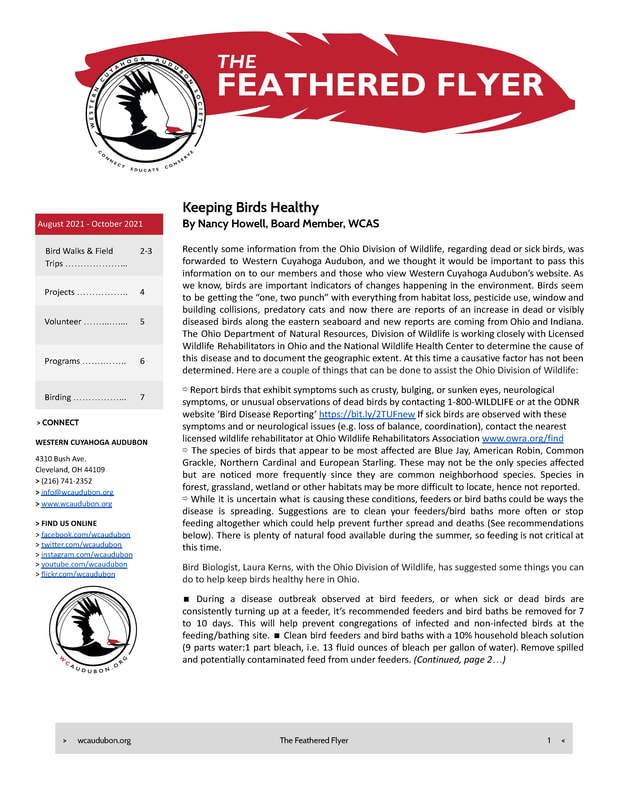
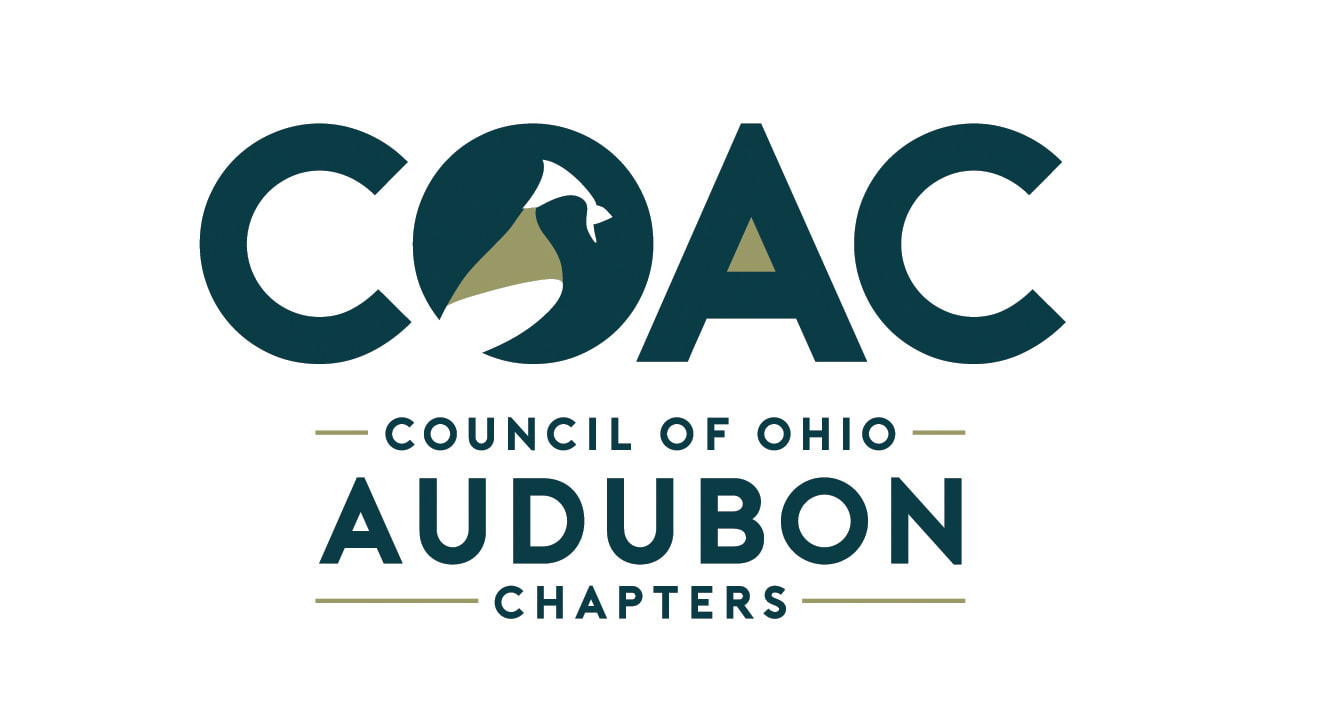
 RSS Feed
RSS Feed
